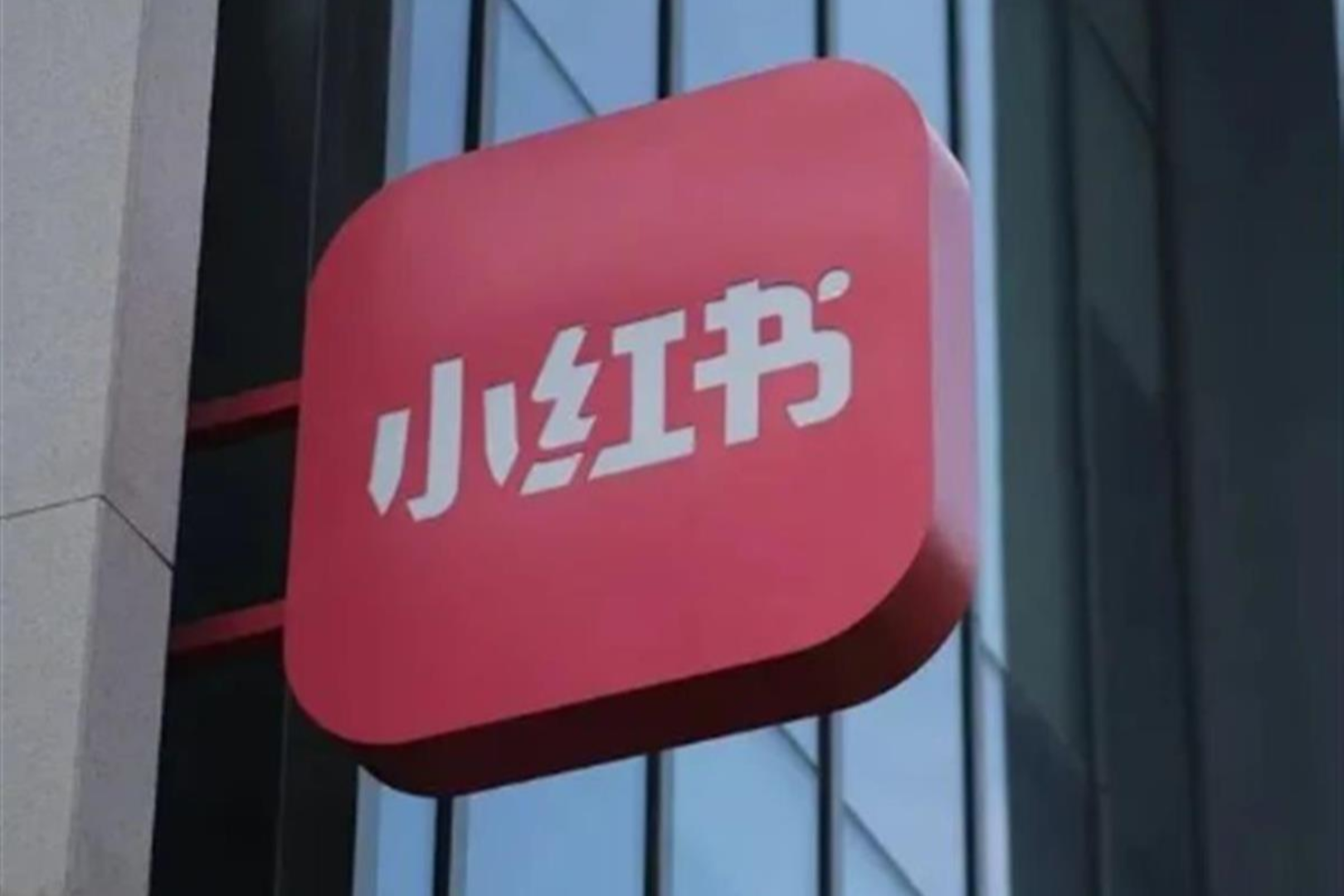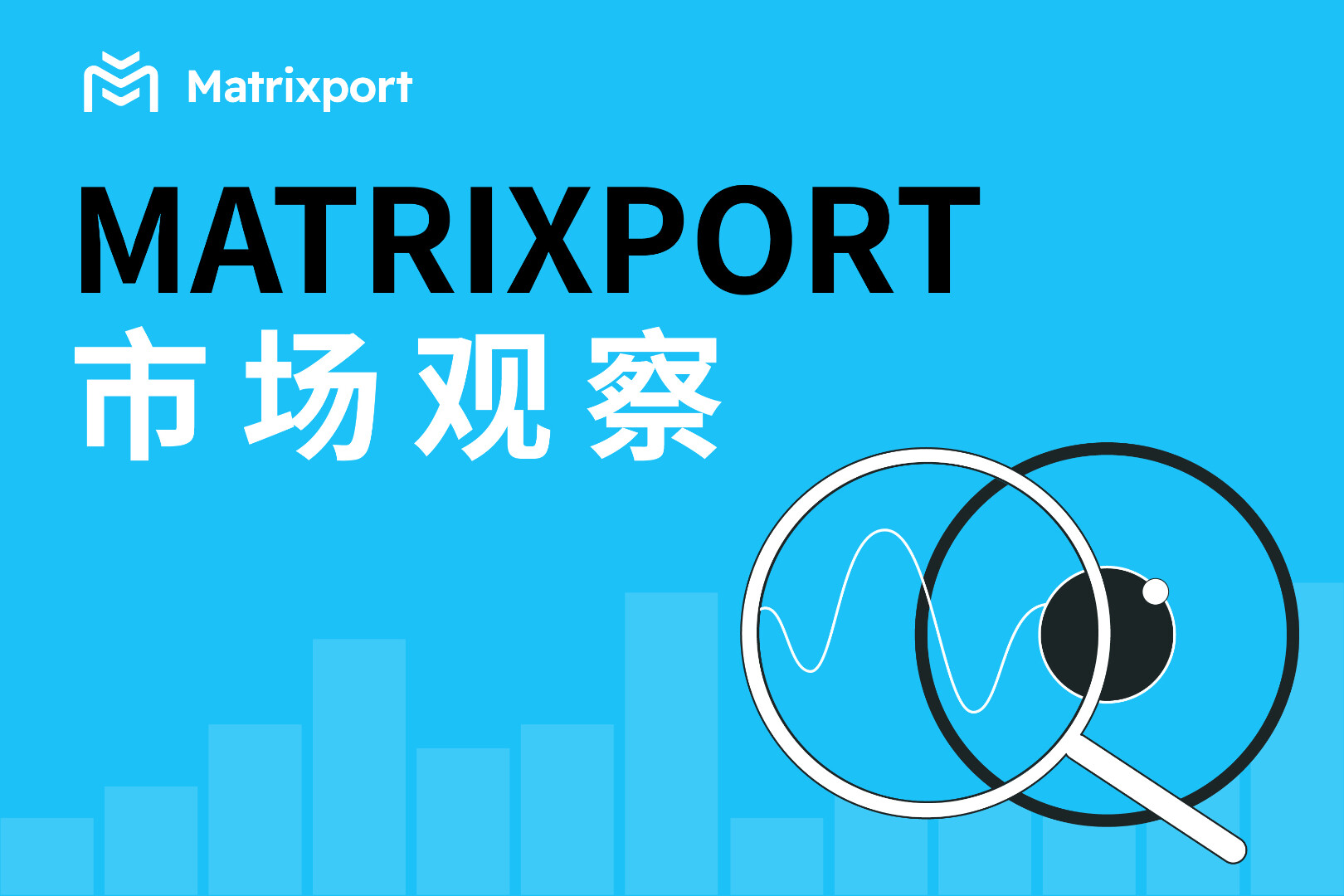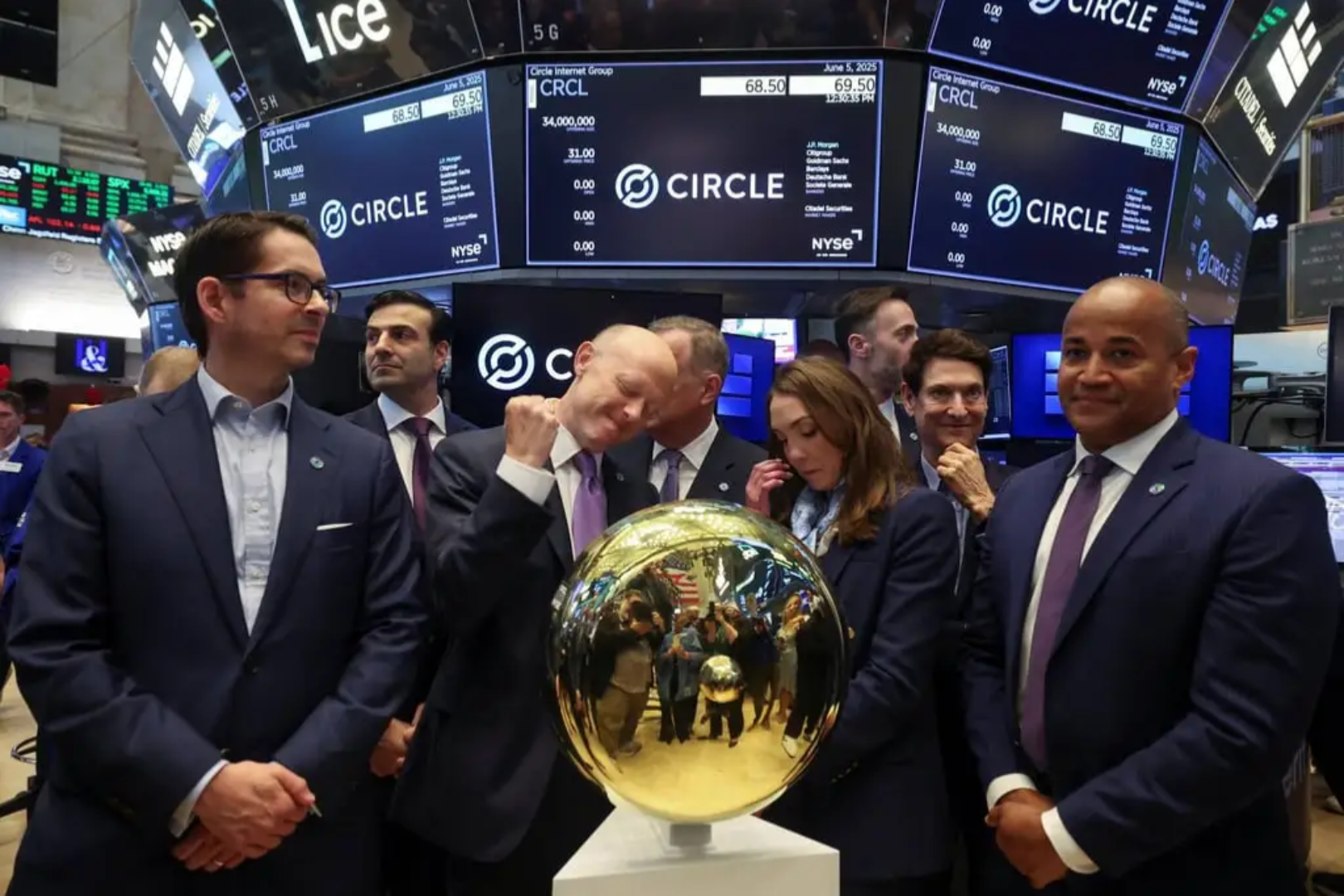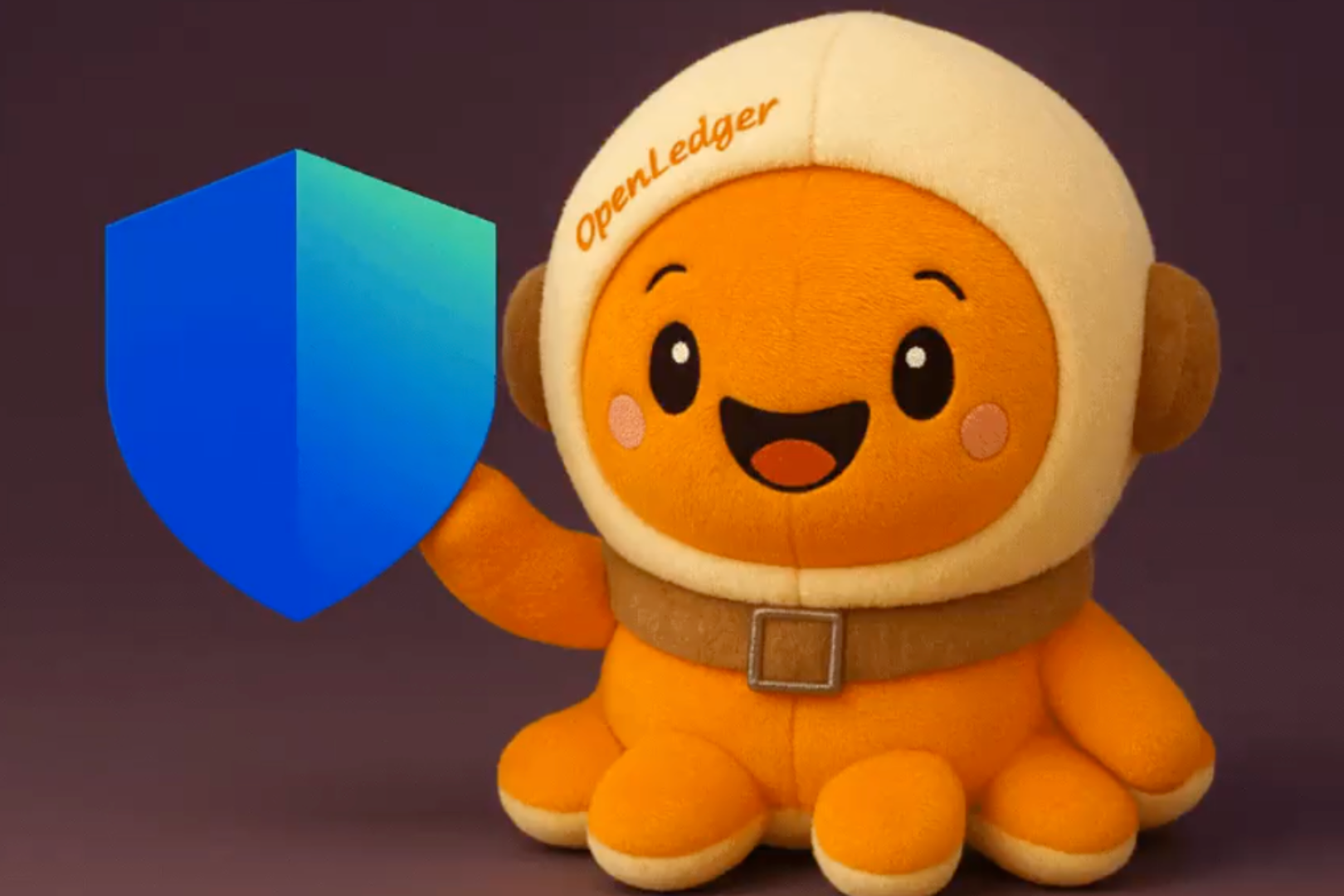Original | Odaily Planet Daily ( @OdailyChina )
Author | Ethan ( @ethanzhang_web 3 )
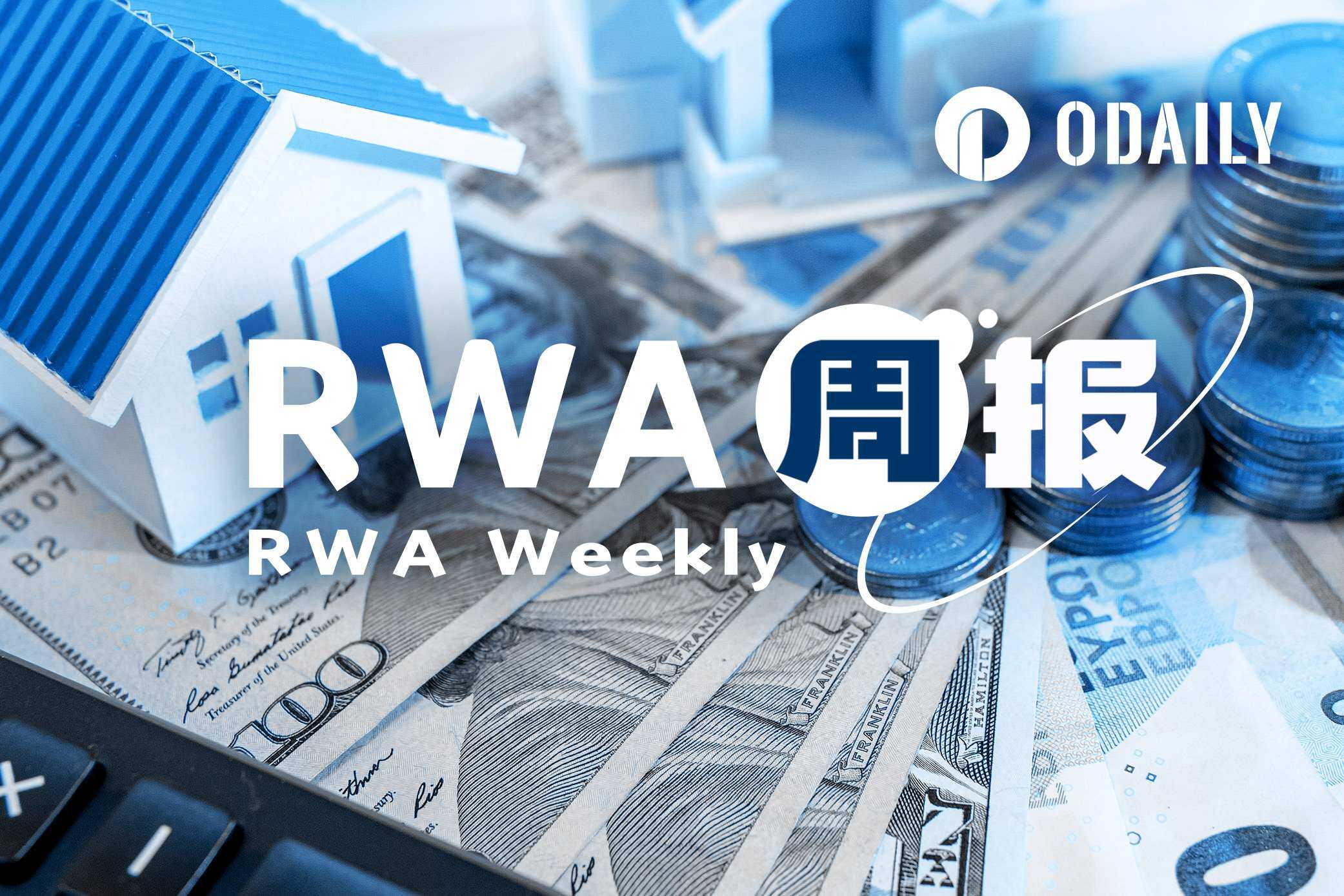
RWA Sector Market Performance
According to the latest data from RWA.xyz, as of August 5, 2025, the total value of the RWA on-chain reached $25.31 billion , up $ 130 million , or approximately 0.52% , from $25.18 billion on July 29. The overall market remains in a high and volatile range. While the market capitalization rebound has been modest, on-chain ecosystem data continues to strengthen. The number of asset holders increased from 331,119 last week to 342,205 , a net weekly increase of 11,086 , or 3.35% , demonstrating continued positive market sentiment. The number of asset issuers rose to 257 , an increase of two from the previous week, marking the first increase in nearly three weeks. In terms of stablecoins, the total on-chain value increased from US$253.68 billion to US$257.82 billion , an increase of 1.63% ; the number of holders increased from 174.39 million to 187.53 million , a weekly increase of more than 13 million , an increase of 7.56%.
Looking at asset classes, most asset classes performed steadily this week. Private credit saw a slight increase from $15.2 billion to $15.3 billion , maintaining its dominant position and accounting for nearly 60% of market capitalization. US Treasuries saw a slight pullback this week, falling from $6.8 billion to $6.6 billion , marking the second consecutive week of decline. Commodities remained unchanged at $1.8 billion , continuing their volatile trend. Institutional alternative asset funds saw a rise from $815.5 million to $825.6 million , continuing their upward trend, demonstrating continued interest in structured assets.
What are the trends (compared to last week )?
This week, the RWA market continued its trend of steady growth and a relatively positive structural outlook. On-chain user base steadily increased, while protocol-side expansion proceeded simultaneously. Both ecosystem activity and data showed strong resilience. While total market capitalization did not see a significant jump, capital distribution showed a marginal resurgence, particularly in the private credit and alternative asset sectors, which maintained their ability to absorb capital and build a robust backbone structure. In contrast, US Treasury bond assets saw a slight decline for two consecutive weeks, potentially reflecting a market reassessment of the medium- and short-term interest rate path, with institutional allocations entering a wait-and-see phase. Alternative assets continued to see steady growth this week, with institutions embracing the strategic role of non-standard assets as risk modifiers and supplementary sources of income. Structural allocation is shifting from a single pursuit of high yields to a portfolio-based approach to risk-return optimization, with ecosystem participants prioritizing long-term sustainability and resilient on-chain governance.
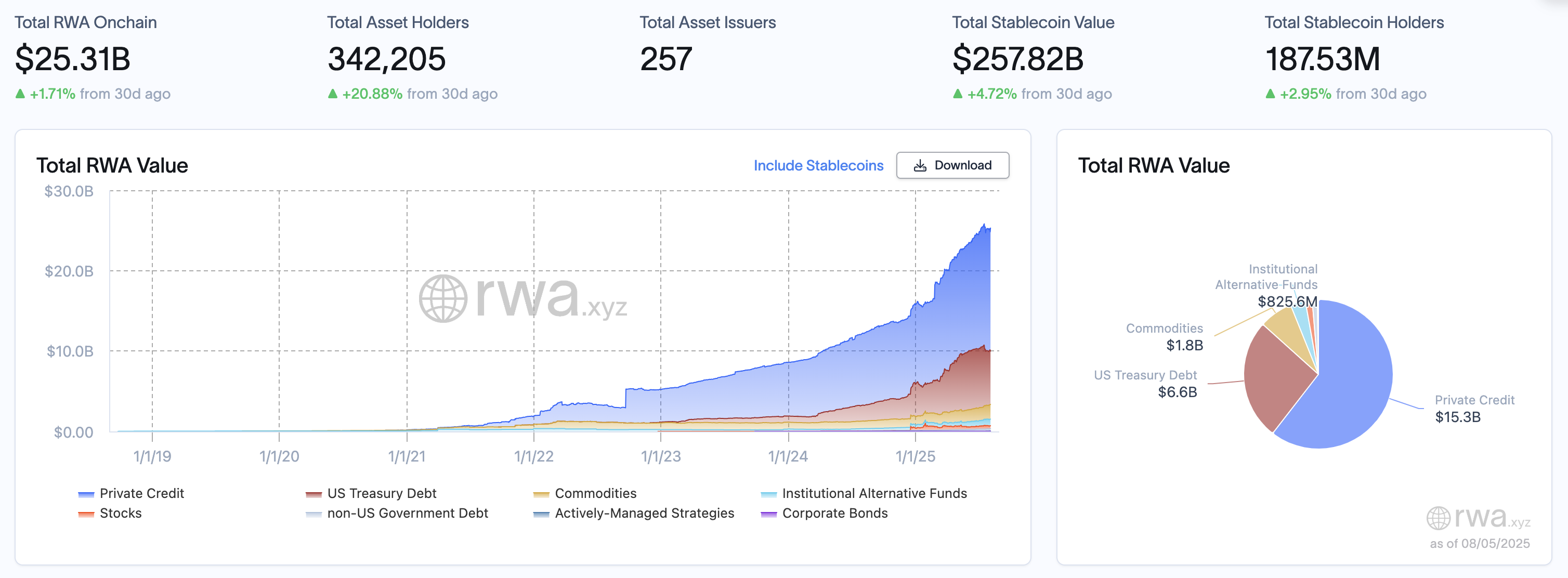
Review of key events
The White House officially released a regulatory framework for digital assets, which is known as the "regulatory bible" in the industry. It covers 11 key points, including stablecoins, Bitcoin strategic reserves, bank participation paths, taxation, and market structure. The summary is as follows:
1. Stablecoins are clearly defined: US-licensed payment stablecoins are defined as non-securities and non-commodities. Issuers are not subject to "investment company" rules and are not allowed to bear interest.
2. Inclusion in the BSA regulatory system: Stablecoin issuers are formally included in the “financial institutions” under the Bank Secrecy Act, and overseas entities are also required to cooperate with US freeze/confiscation orders to combat illegal uses.
3. Reserve mechanism and cross-border mutual recognition: Stablecoins must be fully backed by highly liquid assets. Compliant national frameworks can enjoy mutual recognition and support cross-border circulation.
4. Prohibition on the promotion of CBDC: Executive Order EO 14178 explicitly prohibits the promotion of central bank digital currency (CBDC) and supports the Anti-CBDC Surveillance State Act.
5. Bank regulatory path restarted: SAB 121 was revoked, the FDIC canceled prior notification, the OCC reiterated that banks can conduct custody, payment and stablecoin businesses, and the 2023 "Prudence Statement" was also abolished.
6. Optimizing the license and master account approval mechanism: It is recommended to set a clear approval time limit, and overdue approval will be deemed as approval. It is also prohibited to refuse the issuance of a master account due to involvement in crypto business.
7. Market structure reform: Encourage the SEC/CFTC to establish a joint classification and innovation sandbox mechanism, support customized registration, safe harbors and federal preemption, and reduce multi-state duplication of licensing.
8. Futures regulation falls under the CFTC: Bitcoin and Ethereum futures are clearly under the jurisdiction of the CFTC, as are most DePIN tokens, unless they are converted into securities.
9. Tax rationalization: It is recommended that non-custodial and decentralized protocols be excluded from 6045 reporting obligations to avoid excessive taxation of technology-related projects.
10. Strengthening the competitiveness of the US dollar in international payments: The report emphasizes that the private sector's promotion of tokenization can enhance the efficiency of financial markets and cross-border payments. Failure to take proactive measures will weaken the global status of the US dollar.
11. Establishment of a strategic Bitcoin reserve: EO 14233 establishes a strategic Bitcoin reserve mechanism, which will be managed by the Ministry of Finance and primarily sourced from assets confiscated through law enforcement. In principle, the reserve coins will not be sold.
SEC announces launch of Project Crypto, a program aimed at promoting the U.S. as a global crypto hub
U.S. SEC Chairman Paul Atkins recently delivered a speech announcing the launch of a committee-level initiative called "Project Crypto" aimed at modernizing securities regulations to promote the on-chainization of U.S. financial markets and respond to President Trump's vision of making the United States a "global crypto hub."
The initiative will work to bring crypto asset issuance back to the United States, establish clear and concise rules for the issuance, custody, and trading of crypto assets, and update existing regulations to accommodate on-chain software systems.
Atkins said the plan would also allow market players to innovate through “super apps” that offer a range of products and services under a one-stop shop, single licence, and explore innovation exemptions to encourage emerging business models.
On August 1st, Hong Kong's Stablecoin Ordinance officially came into effect, establishing a licensing system for stablecoin issuers and improving Hong Kong's regulatory framework for virtual asset activities. Yang Debin, President of the Greater Bay Area International Information Technology Association, stated that stablecoins have now reached a significant scale internationally. The introduction of the Stablecoin Ordinance at this juncture reflects Hong Kong's regulatory advancement. In line with international standards, Hong Kong, China, also strives to align its stablecoin regulations with those of other countries and regions globally. Under the Hong Kong Stablecoin Ordinance, licensees must ensure that the market value of the reserve assets of designated stablecoins they issue is always no less than the unredeemed, circulating face value of such stablecoins. Licensees should consider the risk profile of their reserve assets and ensure appropriate overcollateralization to cover market risks.
Coinbase plans to launch new products, including tokenized stocks, prediction markets, and early-stage token issuance, to US users in the coming months, creating a "universal exchange." The platform aims to enable on-chain trading of all assets. Coinbase will compete with licensed Kalshi and Polymarket, which recently acquired QCEX, in the prediction market space, and will challenge platforms like Robinhood that offer tokenized stock services.
JPMorgan Chase and Coinbase partner to make it easier for customers to buy cryptocurrencies
Crypto journalist Eleanor Terrett posted on X Platform that JPMorgan Chase and Coinbase are collaborating to make cryptocurrency purchases more convenient for Chase customers. JPMorgan Chase customers will soon be able to use their Chase credit cards to fund their Coinbase accounts. Direct bank-to-wallet transfers and the ability to redeem Chase Ultimate Rewards points 1:1 will be available by 2026, marking the first time a major bank's rewards program can be used to purchase cryptocurrency.
Hong Kong RWA registration platform will be launched on August 7
The Hong Kong RWA registration platform will be launched on August 7. Initiated by the Hong Kong Web 3.0 Standardization Association, it will open up the entire process service system of dataization, assetization and financialization of RWA asset tokenization.
Interactive Brokers Considers Launching Stablecoin Product
According to Reuters, Interactive Brokers, a major US brokerage, is considering issuing a stablecoin for its clients to enable 24/7 settlement and crypto asset transfers. Founder Thomas Peterffy stated that while no final decision has been made on issuing a stablecoin, the company is also evaluating the feasibility of supporting stablecoins issued by other institutions for account funding. The platform has partnered with Paxos and invested in the crypto exchange Zero Hash, supporting trading in multiple cryptocurrencies.
Hot Project Dynamics
Ondo Finance (ONDO)

One sentence introduction:
Ondo Finance is a decentralized finance protocol focused on the tokenization of structured financial products and real-world assets. Its goal is to provide users with fixed-income products, such as tokenized U.S. Treasury bonds and other financial instruments, through blockchain technology. Ondo Finance allows users to invest in low-risk, highly liquid assets while maintaining decentralized transparency and security. Its ONDO token is used for protocol governance and incentive mechanisms, and the platform also supports cross-chain operations to expand its application within the DeFi ecosystem.
Latest News:
On July 31st, Ondo Finance announced at X that it was included in the latest White House report from the President’s Working Group on Digital Asset Markets. The report recognized tokenized securities, stablecoins, and programmable settlement as important components of the future financial system.
On August 4, Ondo Finance announced that it will launch the "largest tokenized stock and ETF launch in history", planning to launch more than 100 assets on the first day and expand to more than 1,000 by the end of the year.
MyStonks (STONKS)
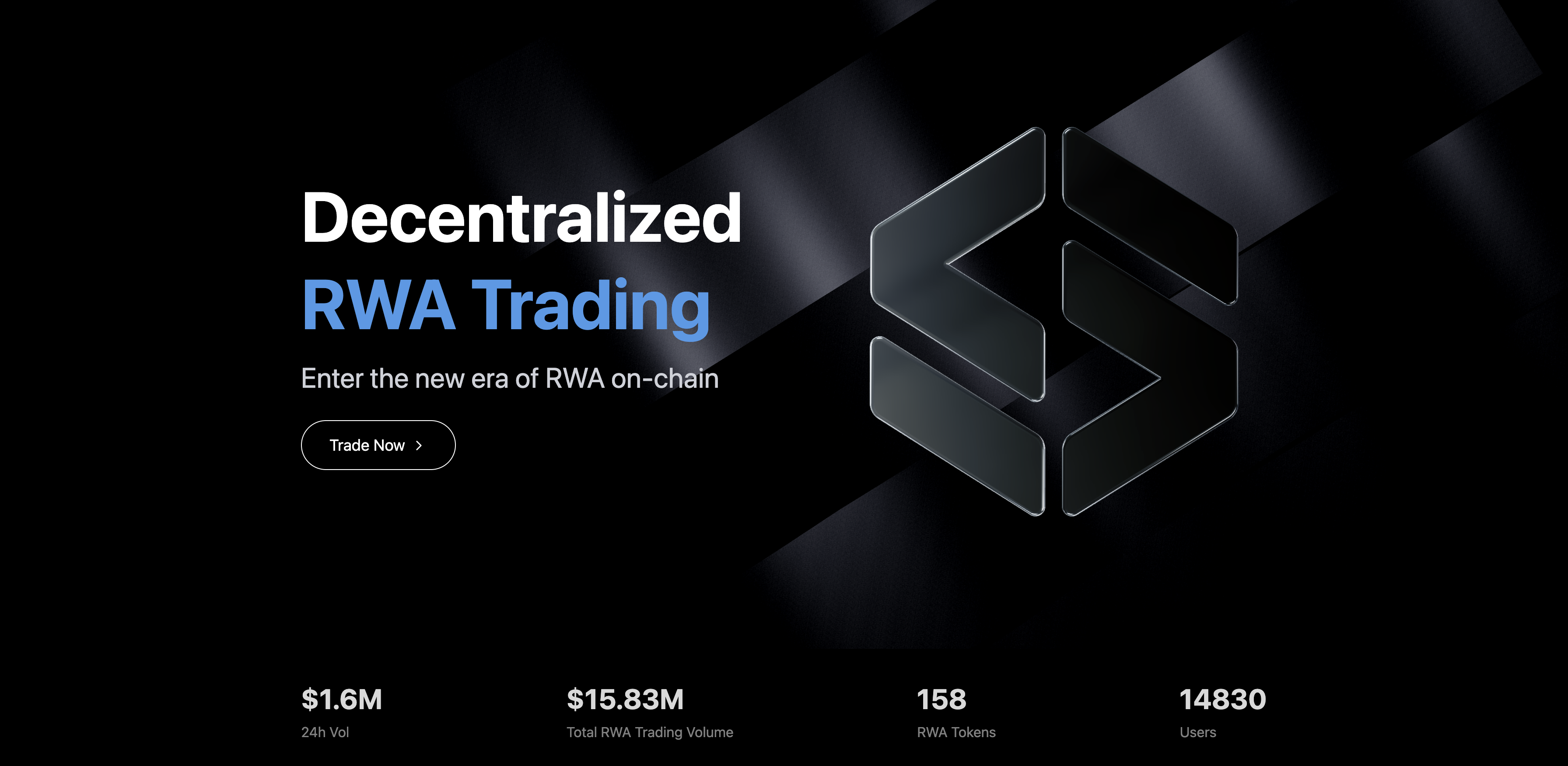
One sentence introduction:
MyStonks is a community-driven DeFi platform focused on tokenizing and trading Reliable Warrants (RWAs) such as US stocks on-chain. Through a partnership with Fidelity, the platform offers 1:1 physical custody and token issuance. Users can mint stock tokens like AAPL.M and MSFT.M using stablecoins like USDC, USDT, and USD 1, and trade them 24/7 on the Base blockchain. All trading, minting, and redemption processes are executed by smart contracts, ensuring transparency, security, and auditability. MyStonks is committed to bridging the gap between TradFi and DeFi, providing users with highly liquid, low-barrier-to-entry on-chain investment in US stocks, and building the "NASDAQ of the crypto world."
Latest News:
On August 2, the MyStonks platform's daily trading volume exceeded $12 million . During the whitelist invitation testing phase, its contract product saw a daily trading volume of $11 million.
On August 5th, the MyStonks platform officially launched its "Merkel Tree" feature , ushering in a new era of transparency and data verifiability for US stock on-chain assets. This feature leverages Merkle Tree technology to efficiently verify both personal asset records and snapshots of all platform-wide asset data. This ensures that every asset change is traceable and fully verifiable on-chain, enabling users to obtain authentic and valid data proof without relying on third parties.
Related links
Sort out the latest insights and market data for the RWA sector.
What secrets of success does BlackRock’s BUIDL fund, a trillion-dollar giant, hold for its RWA projects?
With the White House’s endorsement, Ondo has made great strides within the regulatory framework.
When Christie's enables the purchase of houses with cryptocurrency, a new milestone in the RWA track
With the addition of Crypto, playing real estate is like playing Monopoly.
Top 10 Real World Asset (RWA) Projects by Market Capitalization: Complete Analysis to 2025
This comprehensive analysis examines the top 10 true RWA projects by market capitalization, focusing on platforms that truly tokenize real-world assets, rather than infrastructure providers.

